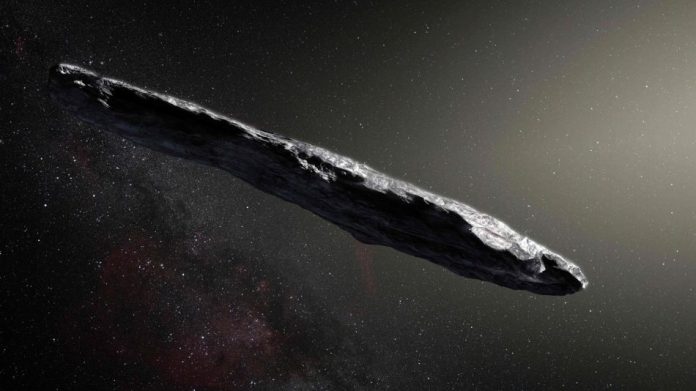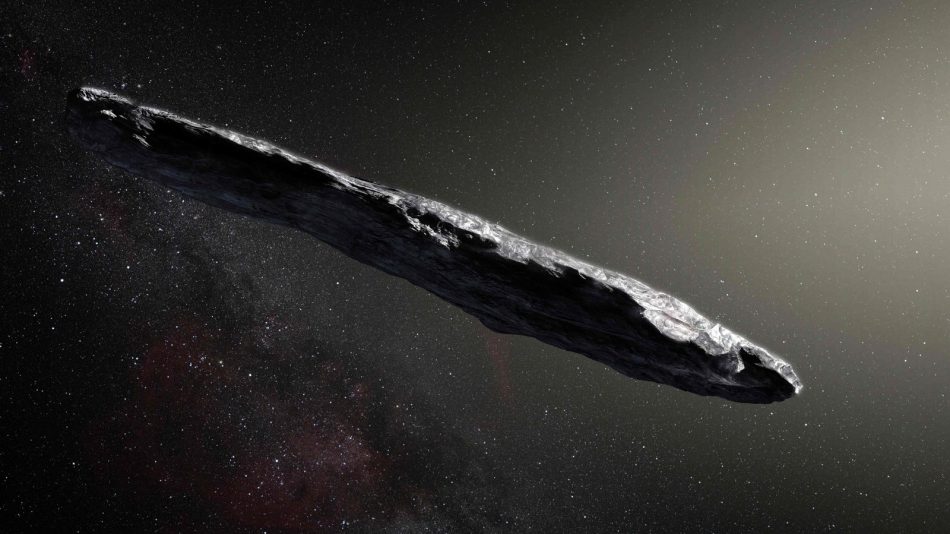
Is the solar system an interstellar crossroads? The discovery of 3I/ATLAS, the third known interstellar object, is jarring old estimates of how often such visitors pass through our cosmic home. For decades, astronomers estimated such objects were rare, perhaps once-in-a-lifetime phenomena. But now that it’s possible with advanced surveys and new telescopes coming online, the data point to a universe brimming with such cosmic messengers.
3I/ATLAS, found on July 1, 2025, by the Chile-based ATLAS project, is not just another icy visitor. It is the biggest and brightest interstellar object ever found, revealing a never-before-experienced chance for scientists to analyze matter from outside our solar system. With the globe’s telescopes trained on this visitor, scientists are looking forward to a new epoch where interstellar objects are commonplace finds. Below are nine awe-inspiring observations about 3I/ATLAS and the future of interstellar object discovery.
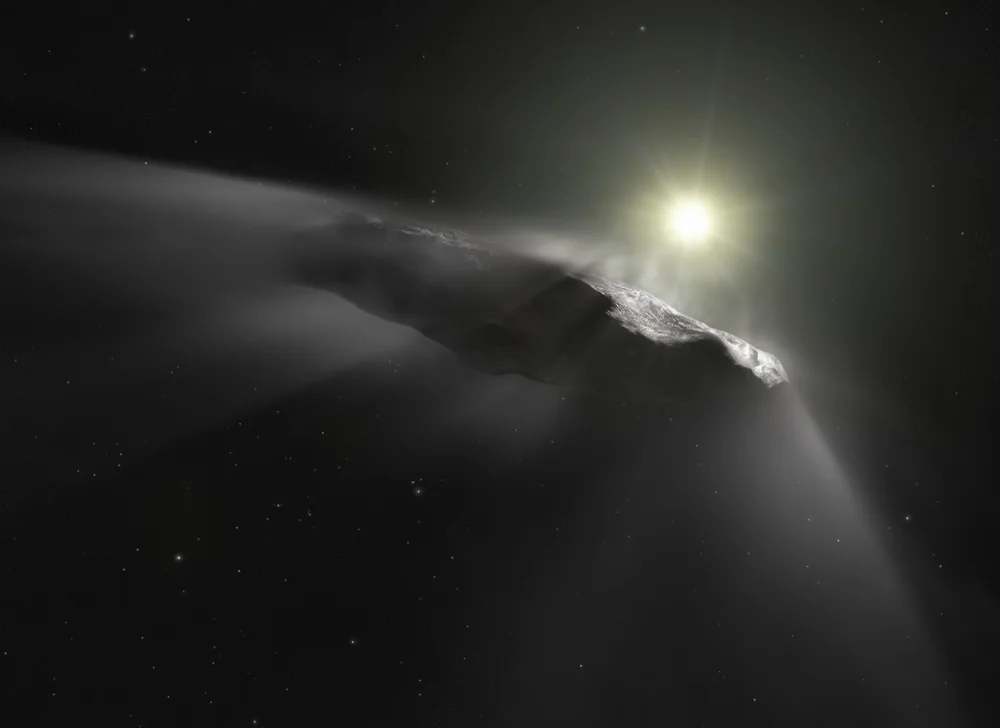
1. 3I/ATLAS: The Largest and Shiniest Interstellar Visitor Yet
Astronomers have calculated that 3I/ATLAS dwarfs its predecessors Oumuamua and 2I/Borisov by a significant margin. Preliminary estimates put its diameter at up to 15 kilometers, possibly up to 20 kilometers, at least an order of magnitude bigger than ʻOumuamua’s slim 100 meters. As Olivier Hainaut of the European Southern Observatory put it to Space.com, “3I/ATLAS is much larger than the other two.” Its huge size, coupled with a cometary coma and high-brightness tail, makes it an especially interesting object to professional astronomers as well as advanced amateur astronomers. Its perihelion brightening will provide us with insight into the chemistry and structure of bodies that have been created around a different star.

2. Hyperbolic Orbit: The Mark of an Interstellar Origin
It is what distinguishes 3I/ATLAS from your average comets that its orbit is so extremely hyperbolic. With an eccentricity of 6.2, it is not bound by gravity to the Sun and will leave the solar system on its short stopover. In comparison, 1I/ʻOumuamua had an eccentricity of around 1.2, and 2I/Borisov had 3.6. As Nature explains, this is an unmistakable signature of interstellar origin, rather than of comets perturbed from the Oort Cloud, which may only occasionally achieve such velocities. “This one is firmly hyperbolic on the incoming trajectory, so interstellar,” said Hainaut. The object’s orbit will take it closest to the Sun in late October 2025, moving at a blistering 68 kilometres per second.
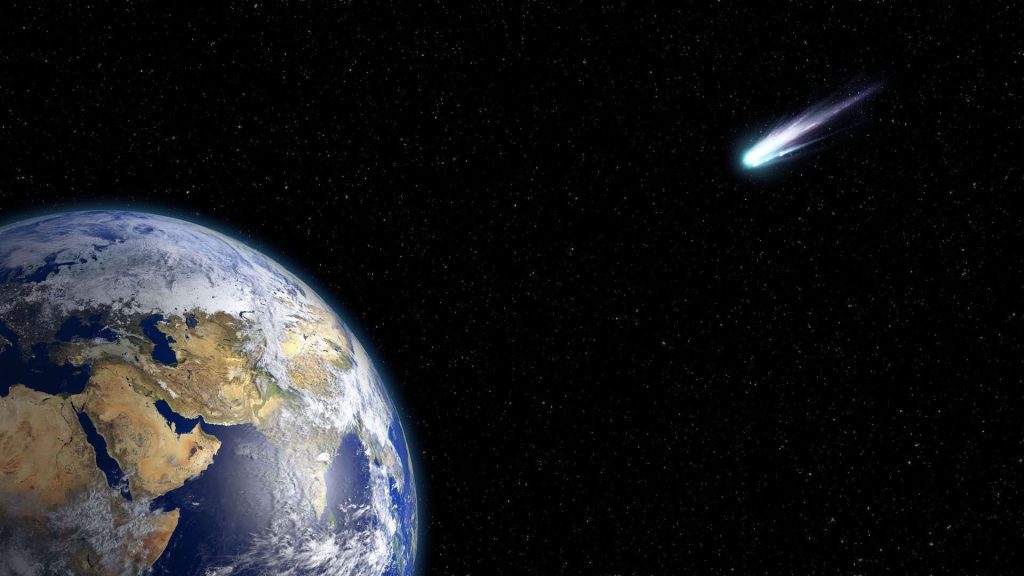
3. No Threat to Earth But a Scientific Bonanza
Despite its vast size and velocity, 3I/ATLAS does not pose any threat to Earth. When closest, it will be some 167 million miles from Earth, well beyond the grasp of any potential impact. Instead, the object is a scientific bonanza. As Western University’s Paul Weigert explained to CBC, “It’s just moving through the solar system in just exactly the way we would expect for an interstellar object.” The question is then to try and find out as much as possible about its shape and composition, which might tell us things about planetary system origins and evolution throughout the galaxy.
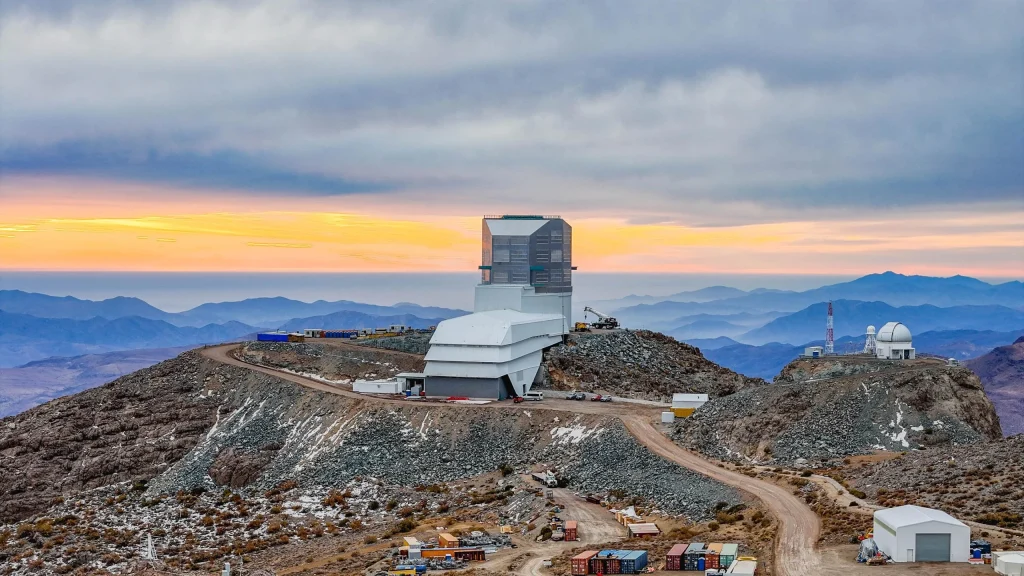
4. The Role of Advanced Surveys: ATLAS and Rubin Observatory
The 3I/ATLAS detection was enabled by high-tech survey machines such as ATLAS, which scans the sky for transients and possible threats. But the real revolution awaits. The Vera C. Rubin Observatory, which starts full science operations this fall, will use the world’s largest digital camera to survey the entire visible sky several times every few nights. As team member Michele Bannister of Rubin Observatory summed it up, “It’s like you just go from being on this little boat drifting around in the pretty shallows.now you’re way out over the great big deep ocean and you can see into all of that distance for the first time.” Rubin’s Legacy Survey of Space and Time (LSST) will be able to identify dozens of interstellar objects a year, turning what was initially a curiosity into a routine scientific option.
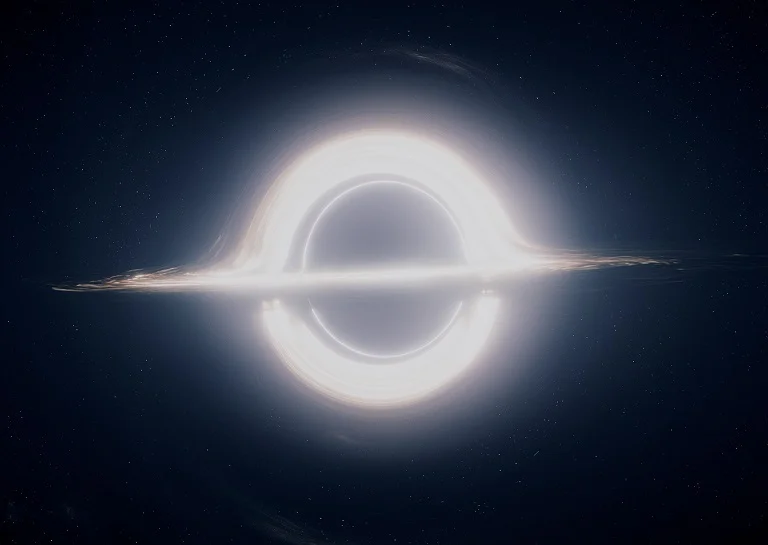
5. From Two to Dozens: The Interstellar Deluge of Discoveries to Come
Two interstellar objects have ever been confirmed, until now. That is soon to change in a big way. Simulations by researchers at Queen’s University Belfast and the University of Washington estimate that the Rubin Observatory will increase known small-body populations by 4–9x, including the discovery of faint, high-speed interstellar visitors. As Bannister noted, “We’re going to go from a study of two individual objects to a population study of at least dozens.” This new era will allow astronomers to directly compare the properties of interstellar objects from a wide range of stellar environments, providing a unique window into the diversity of planetary systems across the Milky Way.
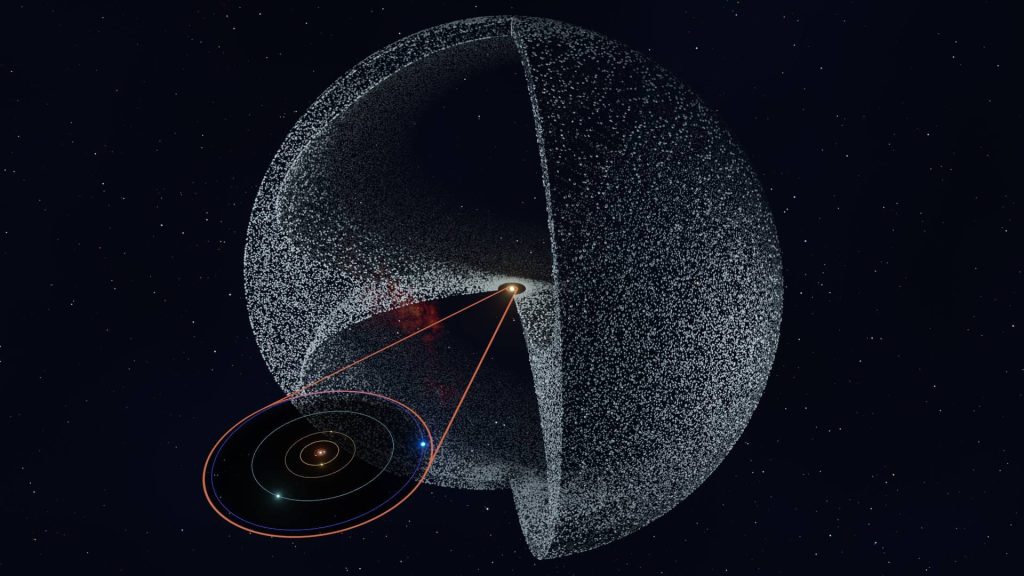
6. The Science of Hyperbolic Orbits: Interstellar vs. Oort Cloud Origins
It is a delicate art to distinguish truly interstellar objects from Oort Cloud-scattered comets. Objects with extremely high eccentricity and low perihelion will be interstellar in origin, a study published in Monthly Notices of the Royal Astronomical Society in 2020 finds. The research concluded that, although certain Oort Cloud comets are sent on hyperbolic trajectories, the chances of creating bodies like 1I/ʻOumuamua or 2I/Borisov from such an event are quite slim. That only serves to support the fact that 3I/ATLAS, with its ultra-unusual trajectory, is in fact an interstellar traveler from a distant star system.
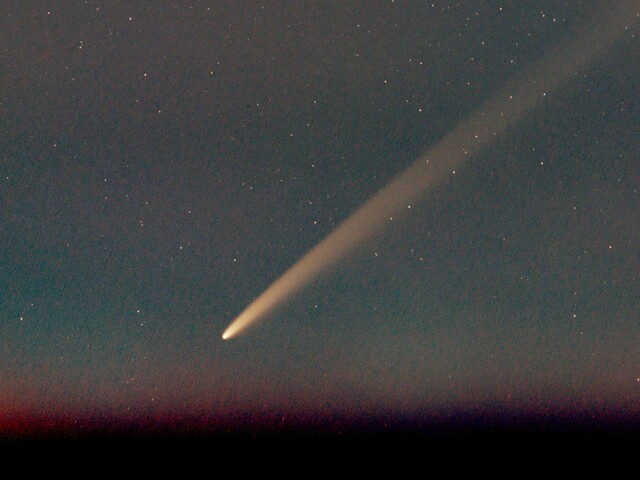
7. The ATLAS Project: Early Warning and Discovery
The NASA-supported ATLAS (Asteroid Terrestrial-impact Last Alert System) project at the University of Hawaii was instrumental in the discovery of 3I/ATLAS. ATLAS is an early warning system created to detect asteroid impacts, which searches for objects in the sky on a nightly basis, sending suspicious objects for further observation. Nature says that the system generally provides about one object for follow-up each day, but the detection of 3I/ATLAS was far from typical. As co-manager Larry Denneau put it, “It looked garden variety” until its out-of-this-world trajectory was unveiled, creating a worldwide excitement among astronomers.

8. Rubin Observatory’s Data Deluge: Mapping Millions of Objects
The LSST Camera at the Rubin Observatory will create 20 terabytes of data per night, creating a time-lapse “movie” of the sky over ten years. This will allow millions of solar system objects, such as asteroids, comets, and interstellar visitors, to be mapped. It will triple the number of known near-Earth objects, increase millions of main-belt asteroids in the catalog, and provide precise color and rotation information. This unprecedented dataset will not merely make planetary defense more resilient, but also provide greater understanding of the formation and evolution of the solar system.
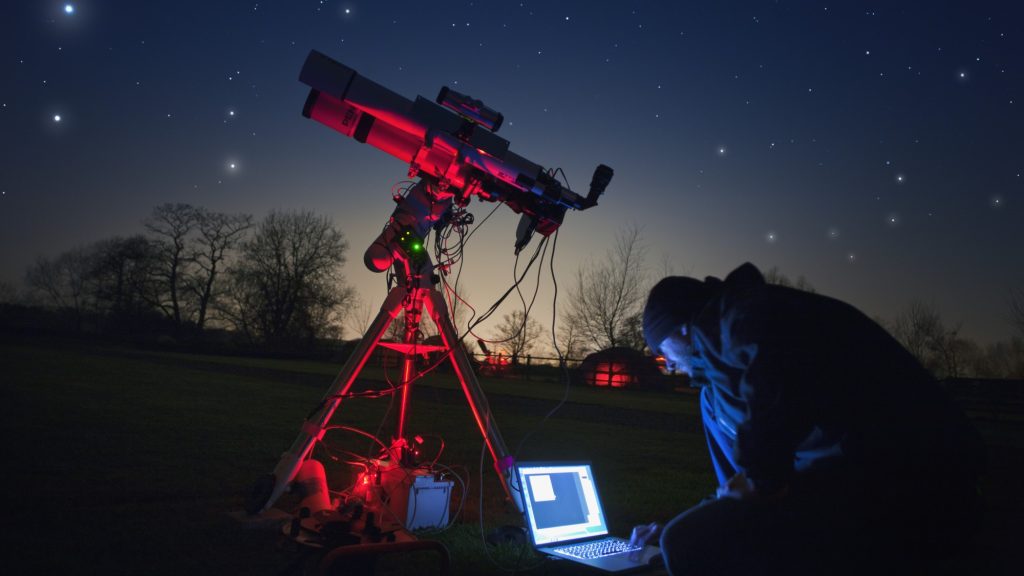
9. A New Era for Amateur and Professional Astronomers
For the home astronomer, the introduction of 3I/ATLAS and the start of Rubin Observatory science is a thrilling milestone. Although 3I/ATLAS is presently too dim for the majority of backyard telescopes, it will increase in brightness as it approaches perihelion, maybe to magnitude 11 an attainable limit of high-end amateur gear. As Mark Norris of the University of Central Lancashire has put it, “By the time it comes closest, it will be a pretty easy target for amateur astronomers to spot.” With more interstellar objects on the horizon, the next decade promises to be a golden age of discovery for professionals and serious amateurs alike.
The 3I/ATLAS observation is more than a fleeting astronomical phenomenon it is a sign of something larger. With emerging surveying technology and the advent of the Rubin Observatory, the study of interstellar objects will move away from infrequent, unscheduled sightings and towards systematic discovery. Each new visitor will bring with it secrets from other star systems, containing clues to planetary formation, alien worlds’ chemistry, and perhaps even the source of life. For even the most seasoned astronomers and space fans, the universe will soon be that much closer and even more fascinating.
